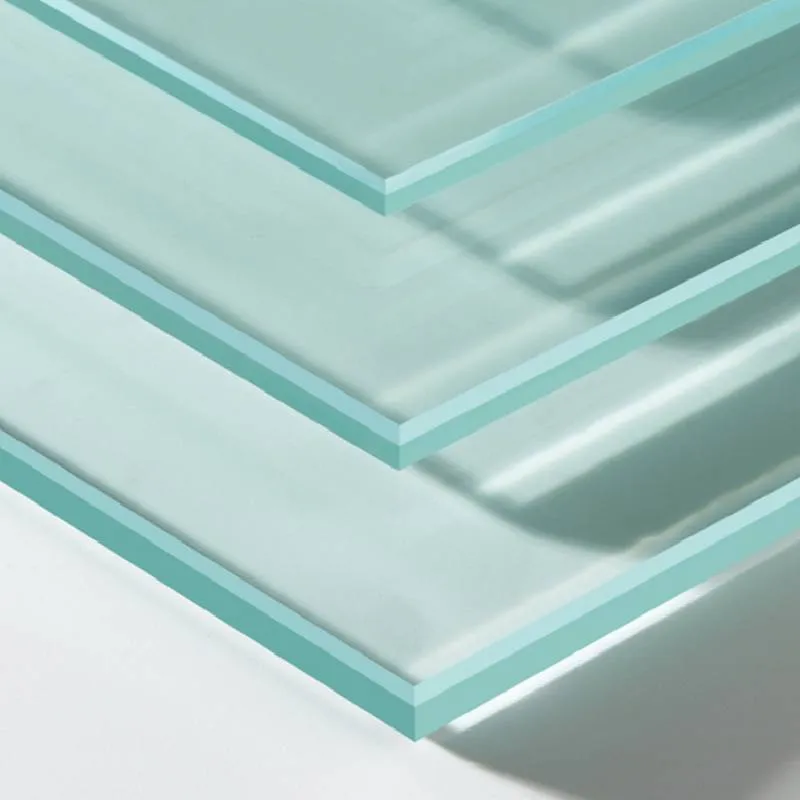Tempered glass, also known as toughened glass, is a type of safety glass that has been treated by thermal or chemical processes to increase its strength compared to normal glass. The process involves heating the glass to high temperatures and then rapidly cooling it, which creates a balance of internal stresses that significantly enhance its durability. This specialized manufacturing makes tempered glass a preferred material for a variety of applications due to its unique properties.
One of the most prominent features of tempered glass is its strength. It is several times stronger than standard glass of the same thickness, making it ideal for areas where safety is a concern. For instance, tempered glass is widely used in commercial buildings, storefronts, and glass doors where impacts are likely. In the event of breakage, tempered glass shatters into small, blunt pieces rather than sharp shards, significantly reducing the risk of injury.
Tempered glass is available in several varieties, each tailored to specific needs and applications. One common type is clear tempered glass, which provides transparency and is often used in windows and facades. Another variety is tinted tempered glass, which includes shades that help reduce glare and heat from the sun, making it popular in buildings that require energy efficiency.
Moreover, there is low-iron tempered glass, which contains less iron oxide and offers exceptional clarity and brightness. This type is frequently used in high-end applications such as aquariums, glass floors, and display cases, where clarity is paramount.
tempered glass variety
Tempered glass can also be digitally printed or etched, allowing for creative designs and personalization
. This feature is increasingly popular in the architectural and interior design industries, where aesthetics play a significant role.
In addition to aesthetic and safety benefits, tempered glass is resistant to thermal stress and can withstand high temperature fluctuations, making it suitable for use in shower enclosures, oven doors, and many other environments where thermal stability is essential.
In conclusion, the variety of tempered glass types allows for its extensive application across various sectors, from architecture and construction to automotive and domestic uses. Its strength, safety features, aesthetic flexibility, and thermal resistance make tempered glass a versatile and indispensable material in modern life. Whether enhancing the beauty of a building or ensuring safety in a home, tempered glass stands out as a superior choice.
 Afrikaans
Afrikaans  Albanian
Albanian  Amharic
Amharic  Arabic
Arabic  Armenian
Armenian  Azerbaijani
Azerbaijani  Basque
Basque  Belarusian
Belarusian  Bengali
Bengali  Bosnian
Bosnian  Bulgarian
Bulgarian  Catalan
Catalan  Cebuano
Cebuano  Corsican
Corsican  Croatian
Croatian  Czech
Czech  Danish
Danish  Dutch
Dutch  English
English  Esperanto
Esperanto  Estonian
Estonian  Finnish
Finnish  French
French  Frisian
Frisian  Galician
Galician  Georgian
Georgian  German
German  Greek
Greek  Gujarati
Gujarati  Haitian Creole
Haitian Creole  hausa
hausa  hawaiian
hawaiian  Hebrew
Hebrew  Hindi
Hindi  Miao
Miao  Hungarian
Hungarian  Icelandic
Icelandic  igbo
igbo  Indonesian
Indonesian  irish
irish  Italian
Italian  Japanese
Japanese  Javanese
Javanese  Kannada
Kannada  kazakh
kazakh  Khmer
Khmer  Rwandese
Rwandese  Korean
Korean  Kurdish
Kurdish  Kyrgyz
Kyrgyz  Lao
Lao  Latin
Latin  Latvian
Latvian  Lithuanian
Lithuanian  Luxembourgish
Luxembourgish  Macedonian
Macedonian  Malgashi
Malgashi  Malay
Malay  Malayalam
Malayalam  Maltese
Maltese  Maori
Maori  Marathi
Marathi  Mongolian
Mongolian  Myanmar
Myanmar  Nepali
Nepali  Norwegian
Norwegian  Norwegian
Norwegian  Occitan
Occitan  Pashto
Pashto  Persian
Persian  Polish
Polish  Portuguese
Portuguese  Punjabi
Punjabi  Romanian
Romanian  Russian
Russian  Samoan
Samoan  Scottish Gaelic
Scottish Gaelic  Serbian
Serbian  Sesotho
Sesotho  Shona
Shona  Sindhi
Sindhi  Sinhala
Sinhala  Slovak
Slovak  Slovenian
Slovenian  Somali
Somali  Spanish
Spanish  Sundanese
Sundanese  Swahili
Swahili  Swedish
Swedish  Tagalog
Tagalog  Tajik
Tajik  Tamil
Tamil  Tatar
Tatar  Telugu
Telugu  Thai
Thai  Turkish
Turkish  Turkmen
Turkmen  Ukrainian
Ukrainian  Urdu
Urdu  Uighur
Uighur  Uzbek
Uzbek  Vietnamese
Vietnamese  Welsh
Welsh  Bantu
Bantu  Yiddish
Yiddish  Yoruba
Yoruba  Zulu
Zulu 

